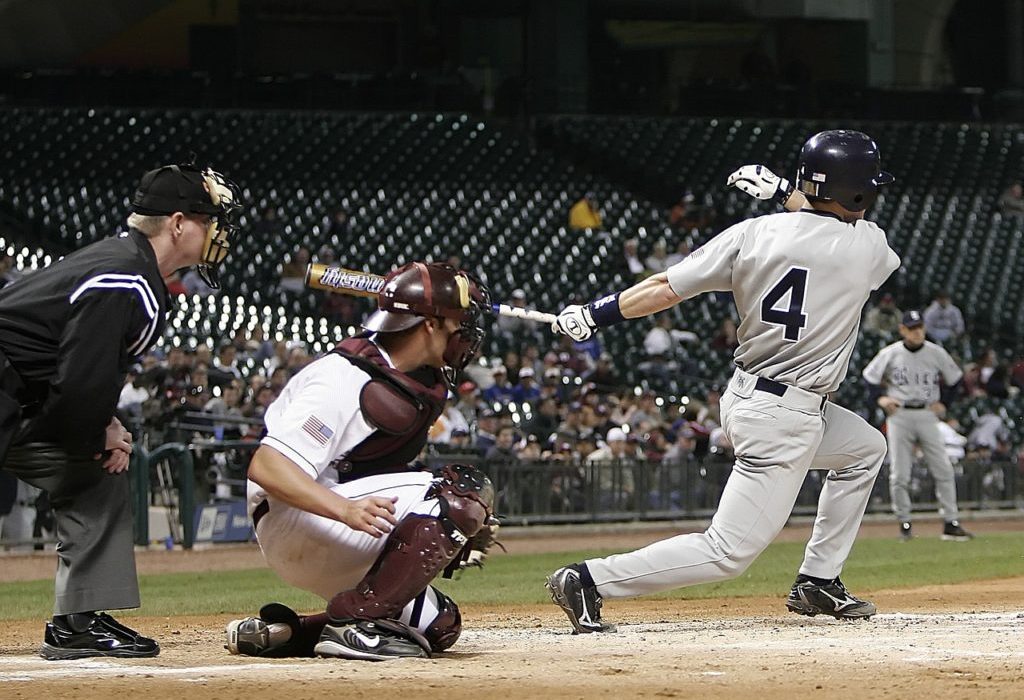Here’s a fun question: what do all those A’s mean in baseball? You see the lettering in stat cards, and you hear about these different leagues all the time, but what’s the purpose exactly? Well, you’re in luck, we’re going to go in depth and talk about the different leagues – particularly what they mean to the players. Ready Let’s get started!
Triple-A: Starting at the Top
This is a classification that involves two affiliated leagues, those being the international league and the Pacific Coast League. In AAA leagues, you normally have the 15 players of the 40-man major league roster that were not chosen to play at the MLB level. Thanks to that, these people are typically referred to as ‘spare parts’. The reason behind this, is that those players are often held in reserve in the event that an MLB player becomes injured, for one reason or another. That said, you may often see veteran AAA players that are referred to as Four A. They have more experience than an AAA player, but they do not yet have the talent to move on.
Double-A: The Next Level Down
Right now, there are three leagues that meet the AA classification:
- Eastern Leagues
- Southern League
- Texas League
While this is a level down from AAA, it is not unheard of for players to jump to the majors from here. Often, players from foreign leagues are placed here to start so that they can learn the more intricate nuances of American baseball. It is expected, however, that such players will be called to the majors by the end of the season. They are also paid a higher salary than their counterparts.
Class A Baseball
In Class A, there are actually two different categories: Class A- Advanced, and then Class A. There are many players who show promise at this level, but they still need to work on certain issues. Pitching control, for example, along with batting consistency are some of the more common reasons for which a player would be assigned to Class A. In Class-A Advanced, you have the California League, the Carolina League, and the Florida State League. Generally, this is a second or third promotion for minor players, though some college players with land on this level immediately. In standard Class A, you have the South Atlantic League and the Midwest League. These are a mixture of players that have moved from Short Season A and Rookies.
Class A-Short Season Baseball
This is where things tend to get a bit confusing – it might be called ‘Class A’, but it is in fact, not. Actually, this is a completely separate classification, and short season teams actually play a shortened season. This Season starts in June and ends in early September. The short-season leagues are the New York-Penn League and the Northwest League. Interesting to note: This is probably the first time that most players entering the league have used wooden pats, as aluminum bats are more common at amateur levels. This makes for a pretty rough transition, which is very interesting to watch.
Rookie League
You can consider the Rookie classification to be very like Short-Season A as they do follow the same type of format. In The rookie league, you have the Appalachian League, Pioneer League, Gulf Coast League, Arizona League, the Venezuelan Summer League, and finally, the Dominican Summer League. All rookie leagues are short seasons.
The bottom line here: the more A’s in the league, the better off you are. Now that you know how the leagues work, you can get to watching the season!
TAGS: BASEBALL LEAGUES CLASIFICATION, MINOR LEAGUE BASEBALL, MLB, MLB LEVEL

